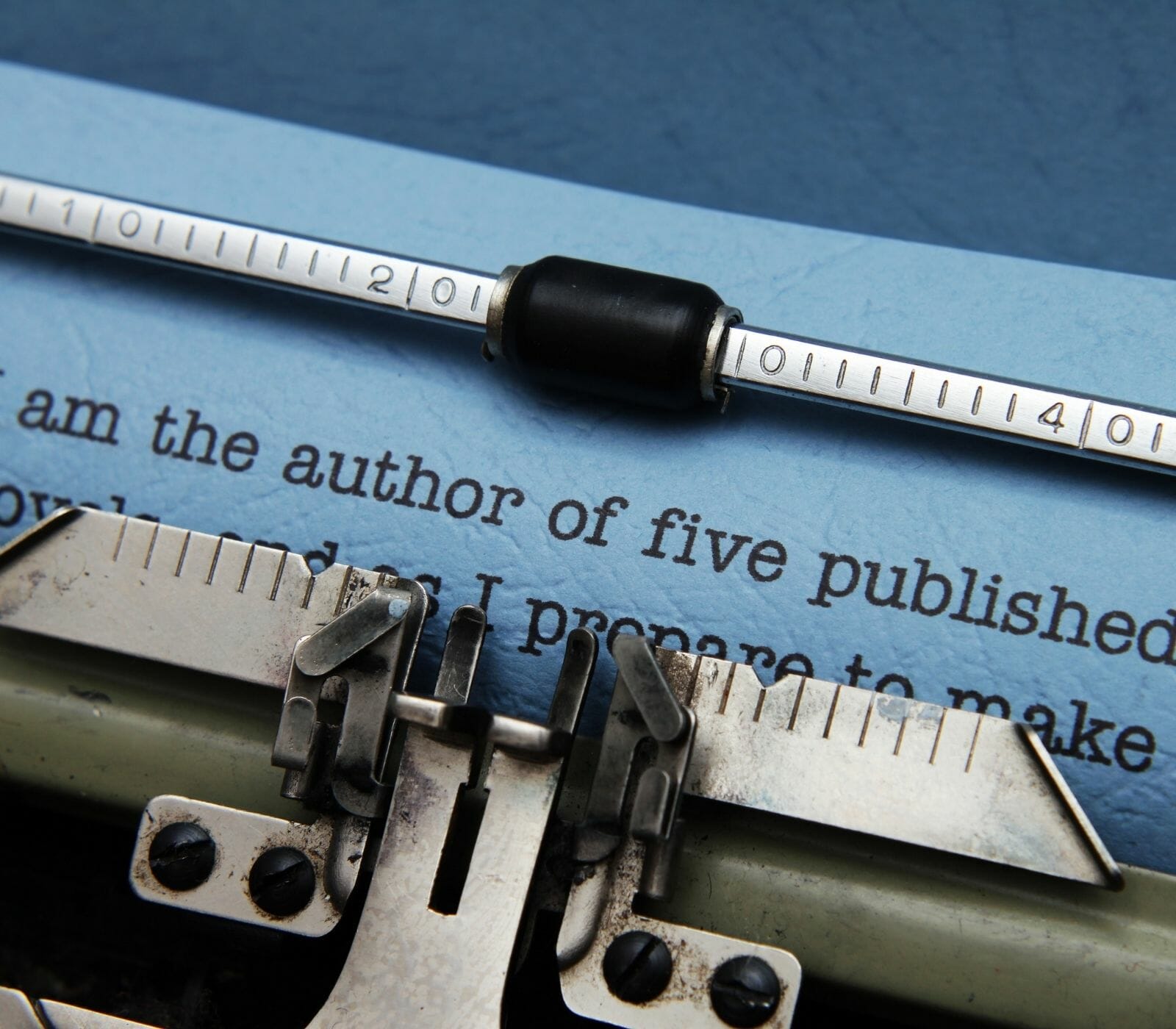How Does Traditional Publishing Work?

How Does Traditional Publishing Work?
Publishing books has never been an easy task, neither for beginning authors nor for more experienced ones.
Every day, hundreds and hundreds of new titles are launched on the market, but that does not mean there is no more opportunity for you and your work.
If you want to launch yourself into the publishing market, you may have some choices if you want strangers to read your work.
You can have your work on the book market in 4 ways: through digital platforms, through self-publishing, Independent Publishing from service providers, or through traditional publishers, which is the theme of this article today.
What is different about these Publishers?
A traditional publisher is the one that selects, produces, and sells books. At least it used to be. Nowadays, many big publishing houses adopt a new norm: assigning their published authors the task to promote their own manuscripts.
In Theory, this publisher’s profit comes from the sale of books and not from a service provided. Usually, the catalogs of this publisher follow an editorial line around a theme.
The Editorial themes could vary and be quite diverse, depending on the public or niche they cater to. There are publishers specialized in children’s literature, poetry, comic books, academic texts…. Therefore, if you want to send your manuscript to a publisher, first and foremost, find out about its editorial line.
How to send my Original Manuscript?
As these publishers live off selling books, it is not any manuscript that will interest them.
This is because all investment in production, printing, distribution, and marketing will come out of the publisher’s own capital. They will invest in you.
Therefore, they tend to bet their chips on commercial books with possibilities to be successful.
And that is where foreign books come in, already published and approved by other markets, or national authors who are already renowned in their fields and already have a built audience.
Nowadays, any traditional Publishing house will evaluate your visibility and the size of your following.
If you are that person, pay attention to a fair presentation of your original.
Editors will not always have time to read your entire work, so the first few pages are crucial to drawing attention to your book. Pay a professional to review your book before referring to any of the big traditional publishing houses.
Besides, prepare a biography and a cover letter that opens a dialogue and directly aligns with that Publishing company’s editorial proposal.
You May Like To Read:
Self-Publishing, Independent Publishing, or Assisted Publishing?
Book Market and New Norms Pos-Pandemic Times
Advantages of Being A Traditional Published Author
To earn a publishing contract with a traditional publisher is to have a machine and a recognizable brand capable of leveraging your book. You don’t have to worry about anything about production, as they will define everything.
Your book will find distribution in the leading physical and online bookstores. You may have marketing and press support so that your work can be exposed in the media and in literary fairs.
Disadvantages of Traditional Publishing to Consider
Traditional publishers receive stacks and stacks of originals weekly. Their analysis usually takes a long time, and, not always, the authors welcome some feedback.
In this way, even when you are accepted by the publisher, you have no control over the production. Everything is decided by the publisher. It can even change parts of your text if it finds it pertinent.
From the value of the cover price, you receive 10%. That is, your book needs to sell a lot for you to receive considerable value.
Have any questions? Please write to us on our contact form.
Follow us on Facebook



